For many of us, sleep is the newest luxury status symbol. And to achieve that feeling of sleeping like in clouds, we need to have good sheets on our bed. The texture, weight, fabrics, etc. affect the way we sleep.
If you don't know how to find the best quality sheets for your bed, check our tips below!
Thread Count
Thread count is a measure of how many threads are in one square inch. Both the vertical (wrap) and horizontal (weft) weave of the fabric are counted up to determine the thread count. Note that the best quality sheets have a thread count of 400. If it’s above 400 then you should be suspicious.Unbelievable high thread counts are just a marketing trap, say 700 to 1000 thread counts. A 1000 thread count sheet is almost certainly of worse quality than one with a 300 thread count. In order to achieve a very high thread count, many manufacturers inflate their threads using multiple-ply yarn (where many individual threads are twisted around each other).
The best thread count sheets for the money? The normal sheets reside somewhere between 180 to 400 thread count.
This Jessica McClintock Home Queen Sheet Set promises a 600-thread count sheet, but in reality, this might only be a 200-thread count sheet. But still passed the good quality, as it is not below 180.
This Global Destinations 750 thread count sheet, might be in reality a 250 thread count sheet.
Fiber
Cotton-polyester blend sheets are wrinkle-resistant, durable (polyester lasts longer than cotton), and relatively inexpensive (up to half the cost of all cotton). But if you’re looking for that cool, soft feel, nothing beats 100 percent cotton. You’ll hardly ever wake up clammy on cotton sheets since the fiber wicks moisture away from your skin. And cotton sheets are less likely to stain than polyester blends; a water-loving fiber, cotton releases dirt easily when wet.
All types of cotton share those wonderful traits, but long-staple (or long-fiber) cotton makes for a noticeably softer sheet, and the surface won’t pill and lint like one woven from shorter fibers. The words “Egyptian long-staple,” “pima,” and “supima” all denote high-quality long fibers.
Weave
The weave affects the way a sheet feels, the way it looks, its longevity, and its price. Basic plain weaves, which are woven from an equal number of vertical and horizontal yarns, are the least expensive and may not rate a mention on the label. Percale is an upscale plain weave with a thread count of 180 or higher and is known for its longevity and crisp feel.
Sateen weaves have more vertical than horizontal yarns. The higher proportion of vertical threads result in an extremely soft fabric, but one that is more apt to pill and tear than a plain weave. Intricate weaves, such as jacquards and damasks feel textured, with a pattern alternating from satiny soft to coarser and nubbly. They can be as durable as plain weaves, but they are made on special looms and are considerably more expensive.
Finish
Most sheets are treated with chemicals (including chlorine, formaldehyde, and silicon) to keep them from shrinking, losing their shape, and wrinkling. Some are treated with alkalis to produce a sheen.
A handful of manufacturers offer pure-finish sheets, meaning that no chemicals used or that all traces of chemicals were used during manufacturing have been removed. You’ll have a harder time keeping these sheets wrinkle-free, but it may be worth it if you suffer from allergies or chemical sensibilities. Another finish-free option: organic sheets, which are untreated and woven from cotton grown without the use of pesticides.
Dye
Patterns and colors are usually applied to sheets after they’ve been woven, which means the sheets may feel still until you’ve washed them a few times. The softest (and most expensive) colored or patterned sheets, including jacquard weaves, are made of yarn-dyed fabrics, woven from colored yarns.
Location
France and Italy are regarded as some of the best sheet-makers in the business, even though the fiber they use isn’t always from those particular countries (such as Egyptian cotton).Start investing in your good quality sheet for a better slumber every night.
xoxo, Blair









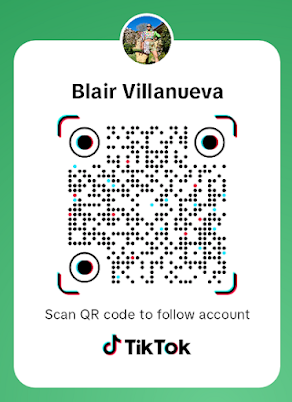














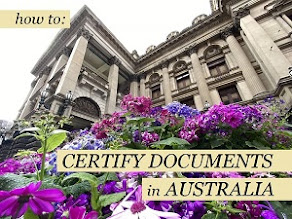
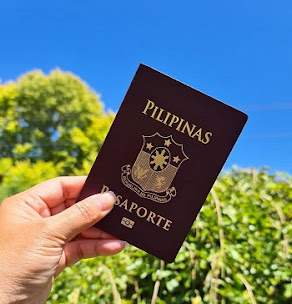
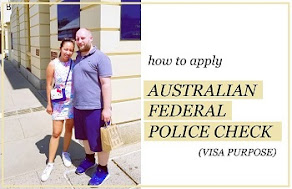
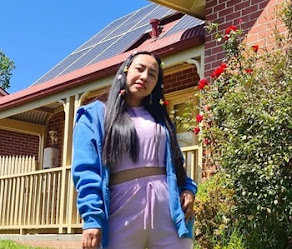


Post a Comment